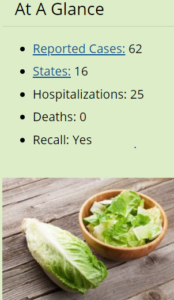Weekend reading: Introduction to food sociology
Anne Murcott. Introducing the Sociology of Food & Eating. Bloomsbury Academic, 2019.

I read an early draft of the manuscript of this book and recommended publication. The publisher used my remarks as a blurb (with my permission, of course):
An interesting approach by a well-qualified and experienced author. The book takes on controversial issues of great interest to students using an entertaining writing style.
This is a textbook that aims to teach critical thinking about current food issues. By “interesting approach” I was referring to the way Murcott structures the chapters.
The chapter titles state some common idea about food—for example, “The family meal is in decline.” The chapters examine what the issue is about, describe the methodological and other biases that led to such conclusions, and then go on to explain how sociologists think—theoretically and practically—about each issue, and how they approach studying such issues.
Murcott says she wrote the book to encourage readers to think differently about food issues with which they are already familiar, “and to continue thinking differently.”
This works well for that purpose.




